About Soto Zen Buddhism
History of Soto Zen
Soto Zen Buddhism, i.e. the teaching of Buddha has been transmitted to Japan from ancient India through ancestors.
The origin of Soto Zen is Buddha, therefore our main object of veneration is the Buddha Shakyamuni.
We call Dogen Zenji, the founder of Eiheiji who brought the teaching to Japan as ‘Koso’, and Keizan Zenji the founder of Sojiji who spread the teaching of Buddha to all of Japan as “Taiso”, and call two founders as “Ryoso”, and we worship and adore them as “Ichibutsu-Ryoso” (Buddha and two founders).
We worship by chanting ‘Namu shaka muni butsu’. Nowadays, there are 15,000 Soto Zen temples, and 12 millions Soto Zen followers in Japan.
Ryōso (two ancestors)
Soto Zen Buddhism has two head temples: Eiheiji in Fukui prefecture and Sojiji in Yokohama city. It just like we have parents, father and mother, Soto Zen has ‘Ryo Daihonzan’ (2 head monasteries) of which Eiheiji was founded by Dogen Zenji and Sojiji by Keizan Zenji.
Dogen Zenji brought Buddha’s teaching from China to Japan, and Keizan Zenji, who is 4th generation from Dogen Zenji, spread the teaching all over Japan, and laid the foundation of Soto Zen Buddhism in Japan.
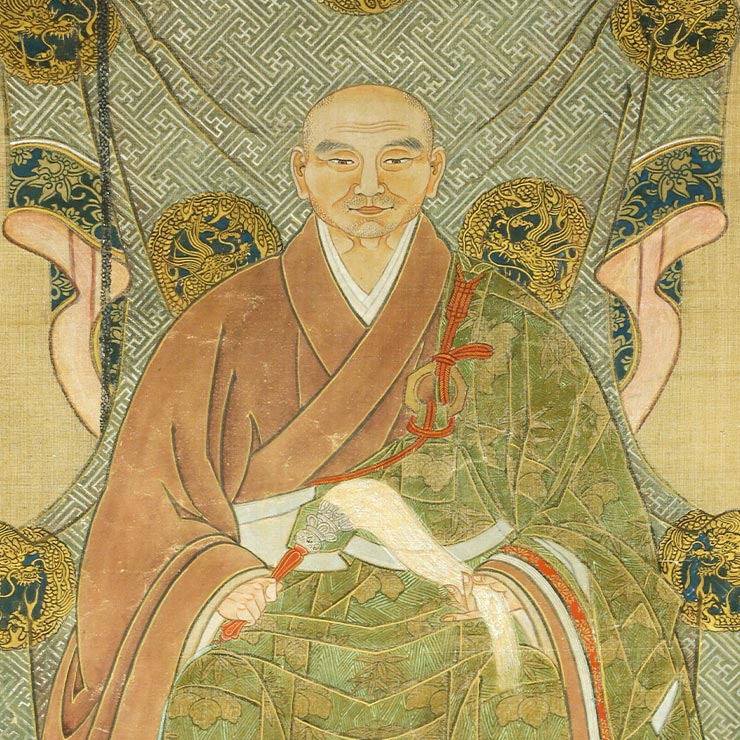
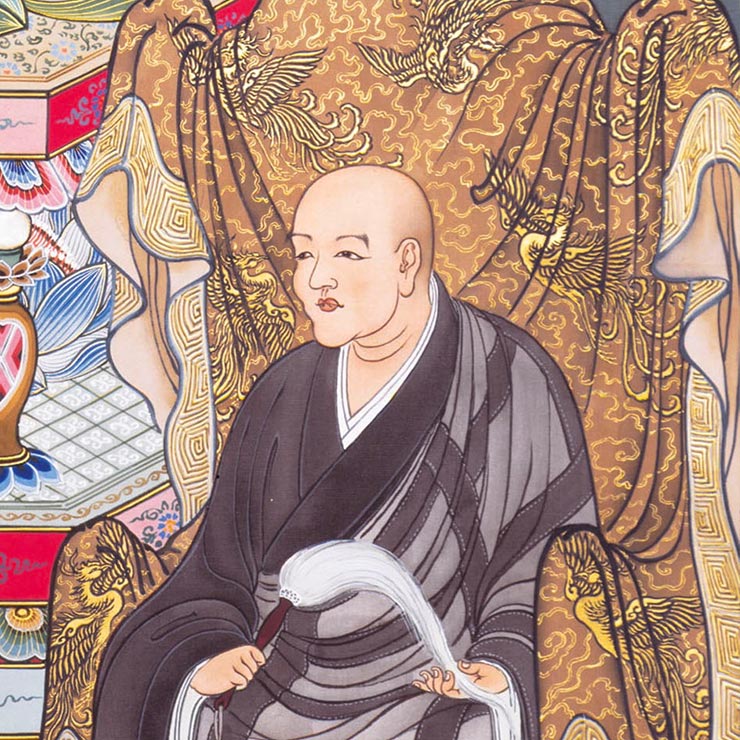
大本山
Daihonzan Sojiji
(Sojiji head monastery)
The history began in 1321, when “Taiso” Keizan Zenji renamed “morookadera” in Ishikawa prefecture to ‘Shogakusan Sojiji’. Sojiji was relocated from Ishikawa to Yokohama city due to a large fire accident in Meiji era. Sojiji was established as an international primary temple of Soto Zen with easy access.
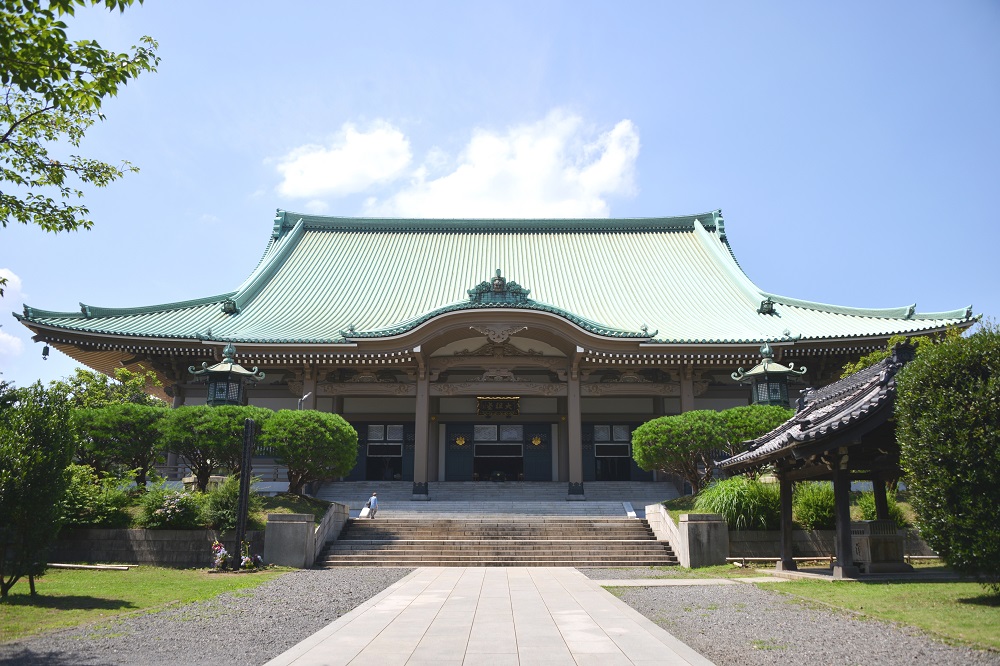
Daihonzan Eiheiji
(Eiheiji head monastery)
In 1244, “Koso” Dogen Zenji established the Eiheiji with high ideals as a fundamental practice temple for Buddha’s teachings. Eiheiji has a history of over 750 years and also at present about 200 monks are training day and night.
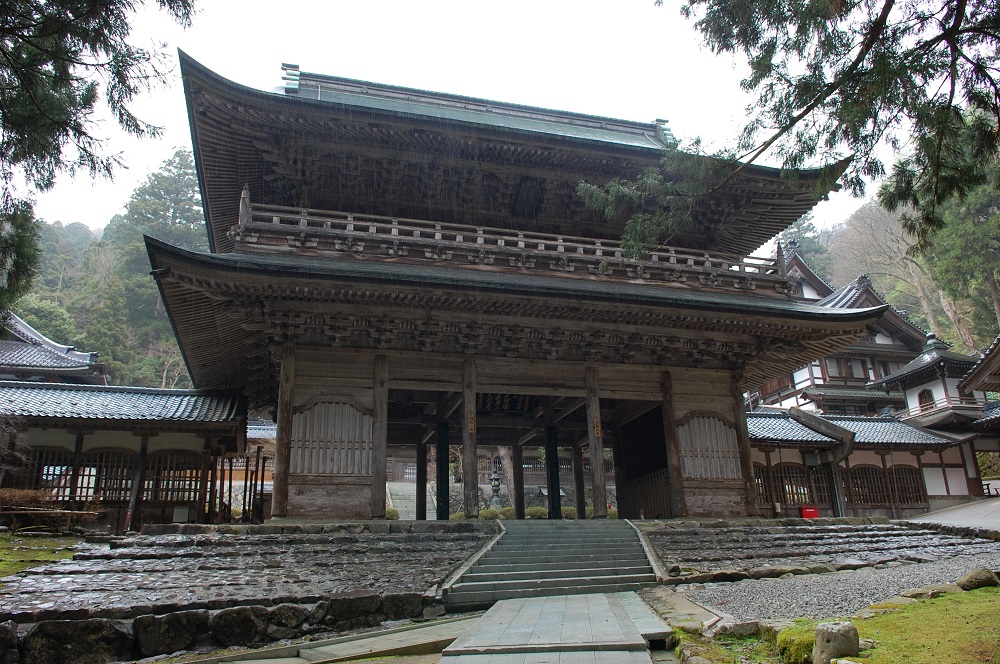
Keizan Zenji
From Birth until Shukke (becoming a Buddhist)
Keizan Zenji was born on October 8th ,1264 (November 21st on the Gregorian calendar) to a family called “Uryu” in Tanemura, Echizen (Fukui prefecture). His mother was an enthusiastic Kannon (Avaloskitevala Bodhisattva) believer. At the age of three, he started to worship the Kannon statue with his hands together mumbling “namu, namu (words said as a chant worshiping Buddha). At the age of five, he made a clay Buddha statue and started to chant sutras. Some recognized him as a living Kannon Buddha. At the age of 8, his mother brought him to Eiheiji, where he was accepted as a junior trainee monk under the 3rd abbot of Eiheiji Koun-Ejo. When he turned 13, he became Buddhist priest following Koun-ejo Zenji, and his childhood name “Gyosho” was changed to “Keizan”. That’s when his life as a Buddhist started.
From the search for enlightenment until the establishment of Sojiji.
Since he started his training under Tettsu gikai zenji’s teaching, he read and digested the essence of Buddha teaching. He traveled over the provinces on foot to visit notable places of Soto Zen and Rinzai Zen. At Hieizan he acquired the essential teaching of Tendai Buddhism, then he returned to Eiheiji at the age of 21. When he moved to Daijōji in Kanazawa with his teacher Tettsu Zenji, he made an effort to educate others and spread Soto school teaching. When he was 28 years old, he became the abbot of Jōmanji in Tokushima prefecture and spread the teaching of Dogen. When he returned to Daijōji after 4 years, he established a system of practice halls for young monks. In addition, he opened several temples and tried to expand the guidance of young monks. By the time he opened Sojiji in Monzen-cho in Ishikawa prefecture, he was 54 years old.
In Soto Zen, Keizan Zenji is recognized as “Taiso” who devoted his entire life to spread the true teaching of Soto Zen. Nowadays, his great achievement still remains distinguished, even long after he left this world on September 29th, 1325 at the age of 62.
KeizanZenjiandUsAbout Sojiji Head Monastery
Establishment of Sojiji
Shogakusan Sojiji is the formal name of Sojiji. It was established about 700 years ago.
In Kushihinosho (Noto peninsula), there was the temple called “Morooka Kannon do”. The story began when the abbot, Joken risshi had a dream one night.
On April 18th, 1321, a monk-styled Kannon appeared in his dream and told him that there is a virtuous monk called Keizan in Yōkōji and asked him to call him to this temple and pass it over to him.
Strangely enough, 5 days after the dream, on 23rd of April, Keizan had the same revelation in his dream while he did zazen in the abbot room of Yōkōji .
This temple was originally founded as a Shingon Buddhism temple and Keizan wished to re-established this temple as a Zen temple. In his dream, he was about to enter the temple and in front of the temple gate there was an arbor. Once he entered, the 600 volumes of Dai hannyakyo (Great wisdom Sutra) were on the top floor of the gate, and the statue of Hikari Kannon was enshrined. There were many monks and Joken risshi welcoming his appearance. He entered the temple through the gate, and he said
“I open the Soji gate like the shape of eight in kanji (means “widely”)”.
He was impressed by the temple’s magnificence. According to his dream, he was welcomed by Joken risshi and admitted to the temple.
According to the documents, this was the day of Kessei (May 15th, 1321). Afterwards, Joken risshi offered the temple to Keizan Zenji and named it “Sojiji”. “Sojiji” means the temple where Buddha’s teaching is fully kept.
In 1322 when Keizen got 52 years old, the emperor Godaigo asked him ten questions through Kakumyo Koho as messenger. The emperor was impressed by the answers from Keizan. As a result on August 28th, Sojiji temple was officially recognized the leading head monastery of Soto Zen and its abbots were allowed to wear a purple vestment. On September 14th, the emperor ordered Lord Yukufusa Fujiwara to inscribe the three characters “So-ji-ji” for the official record as the head temple of Soto school.
Relocation to Tsurumi
Sojiji is the head temple established by Keizan Zenji. Related temples count for more than 13,000 all over Japan and we make efforts to develop Soto Zen and spread the true teaching.
About 570 years have passed since the temple was originally started by Keizan on Noto peninsula.
Back on April 13th, 1898, a fire broke out suddenly from the main building of Sojiji. The fire spread over the temple and burnt down most of the property, except Jiunkaku and Dentōin.
In May 1905, Ishikawa Sodō Zenji decided to move the temple to Tsurumi being aware of the importance of structure restoration, existance as head monastery and modern missionary activities. Then in 1911, Sojiji relocated to the present place.
Internationally opened temple
Sojiji is located in the suburban area of Yokohama city. Close to Tokyo bay and Boso peninsula, even Mt Fuji is close to us. In addition, the temple is within 5 min. walking distance from main public transportations. These factors are very important for us as an internationally opened temple for Zen practice. We have ground of 500,000 square meters with well-structured buildings. In 1911 (591 years since Sojiji had been established on Noto peninsula) we celebrated the relocation of Sojiji.
We are committed to social welfare with educational facilities as university, high and junior high school as well as kindergarten.
Furthe, in Sojiji, we have various kinds of educational projects with over 200 monks, employees striving for the prosperity of our monastery.
The Abbot of Sojiji
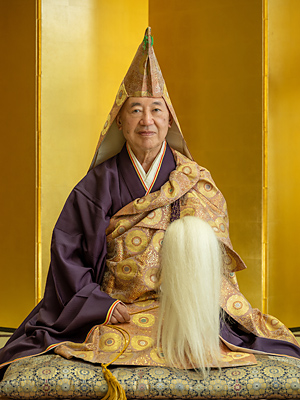
The 26th abbot KOJUN DOKEI ZENJI
Ishizuki Shuko
